ABT: Crime and Punishment at the Kennedy Center by Jacqueline Akhmedova
Photography: Emma Zordan
American Ballet Theatre: Crime and Punishment
“Pain and suffering are always inevitable for a large intelligence and a deep heart.” – Fyodor Dostoyevsky
The Kennedy Center Opera House
Wednesday, February 12, 2025, 7:30pm
By Jacqueline Akhmedova
“Crime and Punishment” by Fyodor Dostoevsky is profoundly steeped in Russian psychology and the concept of the soul’s debt. Dostoevsky embarks on an intricate journey through the moral and psychological struggles of his characters, vividly portraying their internal conflicts and the profound effects of their actions on their souls.
In this harrowing novel, Rodion Raskolnikov’s journey is a tumultuous exploration of guilt, redemption, and the search for meaning. Dostoevsky masterfully captures the essence of Russian existential philosophy, delving deep into questions of morality, justice, and human suffering. The novel is replete with themes of remorse and the torment of a guilty conscience, inviting readers to ponder the psychological debt carried by each character.
The use of minimalist sets and modern projections helps to create an atmosphere that mirrors the psychological and moral struggles of the characters.
The ballet adaptation of “Crime and Punishment,” performed by the American Ballet Theatre, endeavors to translate this complex psychology into a compelling visual and emotional experience. The choreography and performances aim to encapsulate Raskolnikov’s inner turmoil and the weight of his actions on his soul. While it is inherently challenging to convey the full depth of Dostoevsky’s narrative through dance, the production strives to evoke the same intensity and self-examination found in the novel. The use of minimalist sets and modern projections helps to create an atmosphere that mirrors the psychological and moral struggles of the characters.
Although this ballet cannot fully encapsulate the intricacies of Dostoevsky’s prose, it offers a unique perspective on the story, emphasizing the emotional and psychological aspects of the plot. The ballet, choreographed by Helen Pickett and co-directed by James Bonas, premiered at the Kennedy Center on February 12th, 2025. The production ambitiously attempts to distill Dostoevsky’s complex novel into a consumable storyline for the stage. The set design by Soutra Gilmour is minimalist, employing three large wooden boxes and a set of stairs that shift seamlessly with the dancers. Film elements projected by Tal Yarden represent Raskolnikov’s inner horrors, adding a modern and intriguing twist. The use of projected text aids in clarifying the narrative, though it can sometimes be perplexing and does not capture the richness of Dostoevsky’s language. The music by Isobel Waller-Bridge is powerful, with beautiful adagios enhancing the emotional landscape of the performance.
Whiteside’s stage presence was convincing, captivating, and charismatic, never overbearing but fitting for the role.
Two cast changes were announced at the beginning of the show. Christine Shevchenko, initially cast as Dunya, was replaced by Catherine Hurlin, and Calvin Royal III, cast as Razumikhin, was replaced by Aran Bell.
Herman Cornejo starred as Raskolnikov, bringing a raw and instinctive quality to the role. Despite initial expectations of a different physical appearance for Raskolnikov, Cornejo’s portrayal was character-driven, with each movement reflecting a specific emotion. However, the choreography occasionally felt monotonous in its movement choices.
James Whiteside’s portrayal of Svidrigailov stood out, offering an authentically modern take on the novel’s main antagonist. Whiteside’s stage presence was convincing, captivating, and charismatic, never overbearing but fitting for the role. The duet between Dunya, danced by Catherine Hurlin, and Razumikhin, danced by Aran Bell, was charming and well-executed. Joseph Markey, as Luzhin, Dunya’s fiancé, delivered a convincing performance, with expressive and quality movements. He will be dancing the role of Raskolnikov too and I am sure it will be a powerful and at the same time sensitive interpretation.
While the production is visually interesting and the dancing is skillful, audiences might find the storyline challenging to follow without prior knowledge of the book. It is an ambitious work but falls short in capturing the depth of Dostoevsky’s writing, particularly in terms of expression. The ending lacked excitement and did not leave the audience with a clear message and hope that Raskolnikov finds his way back to society. Overall, the ballet blends contemporary dance with neoclassical elements, offering a unique but imperfect interpretation of Dostoevsky’s masterpiece.





